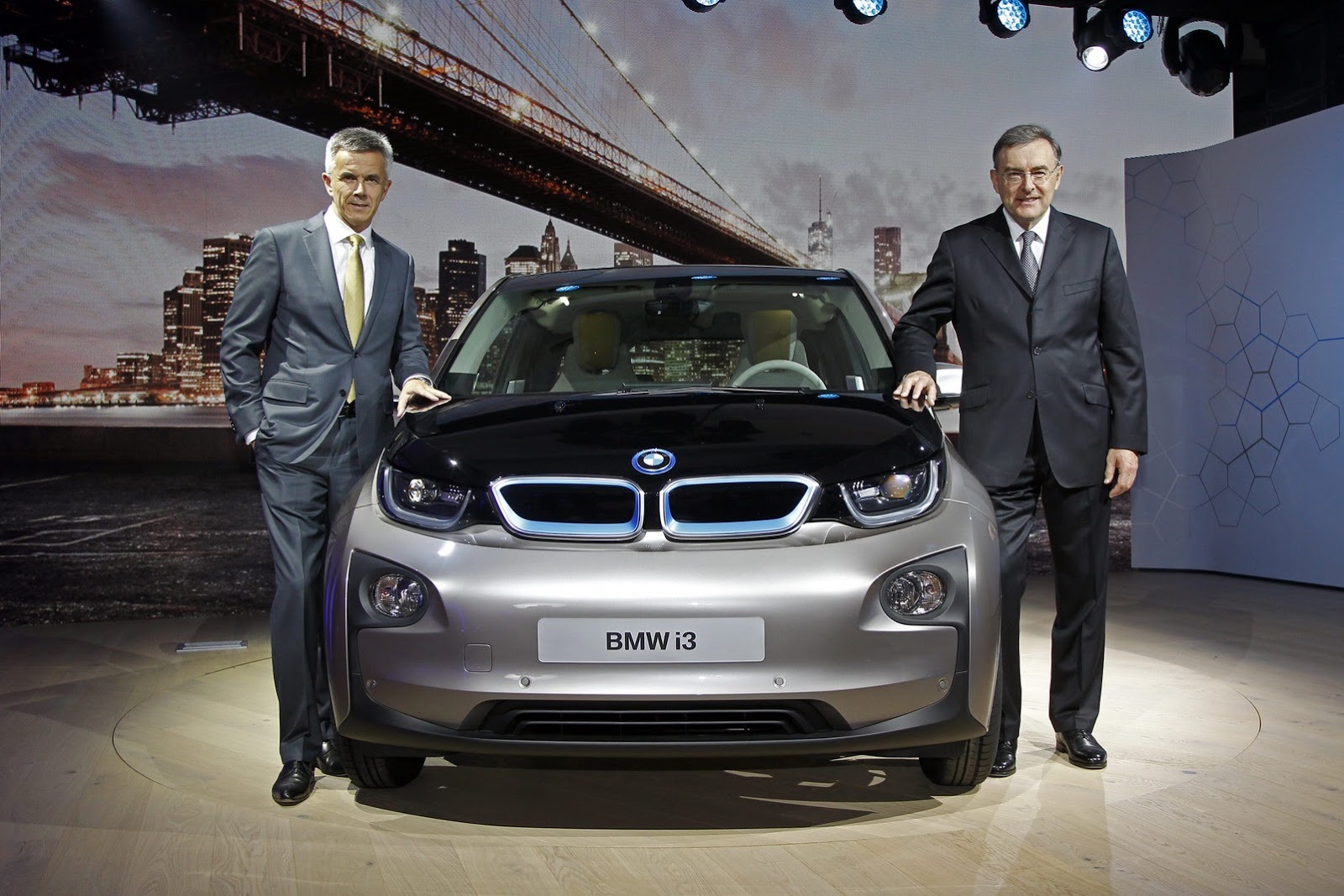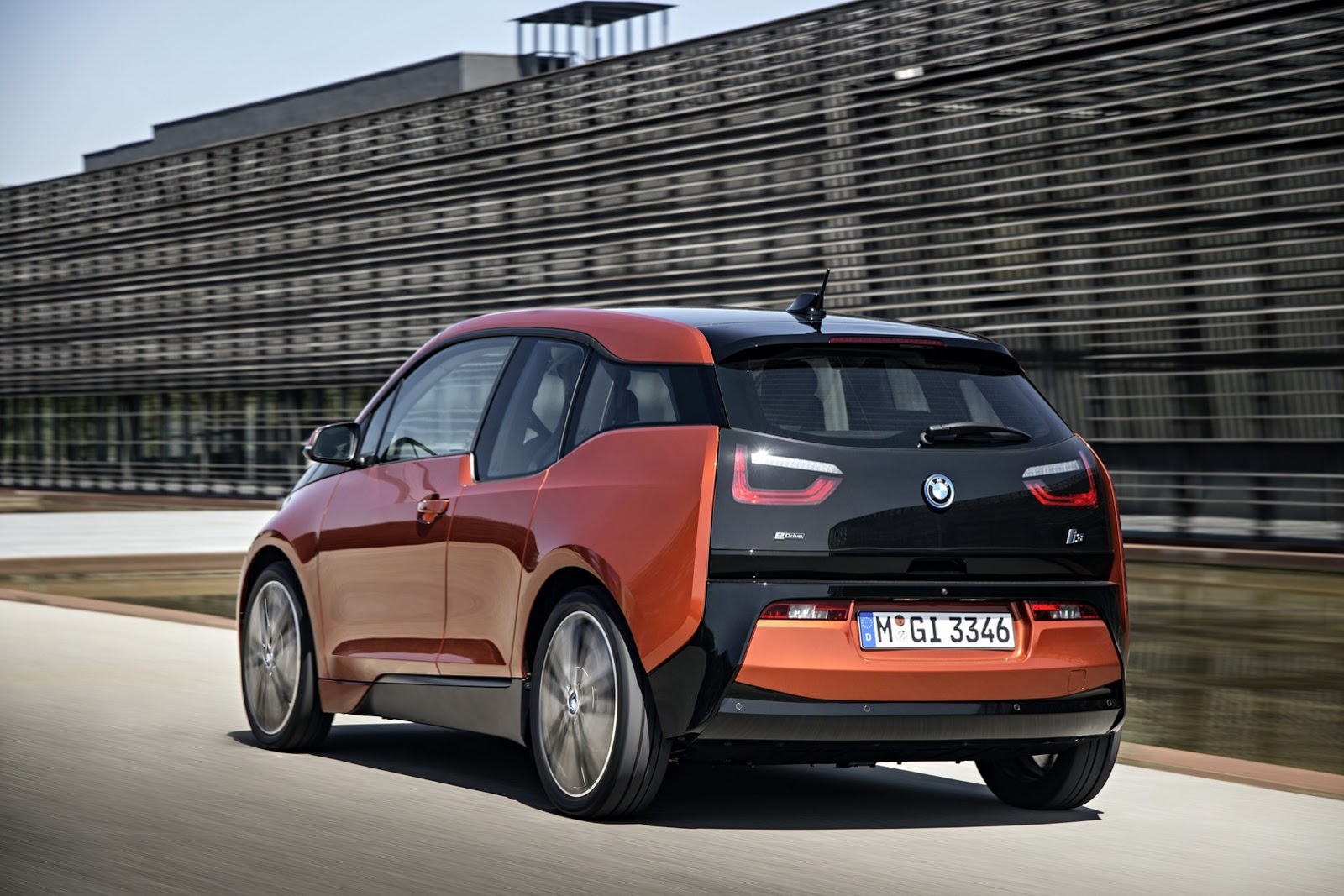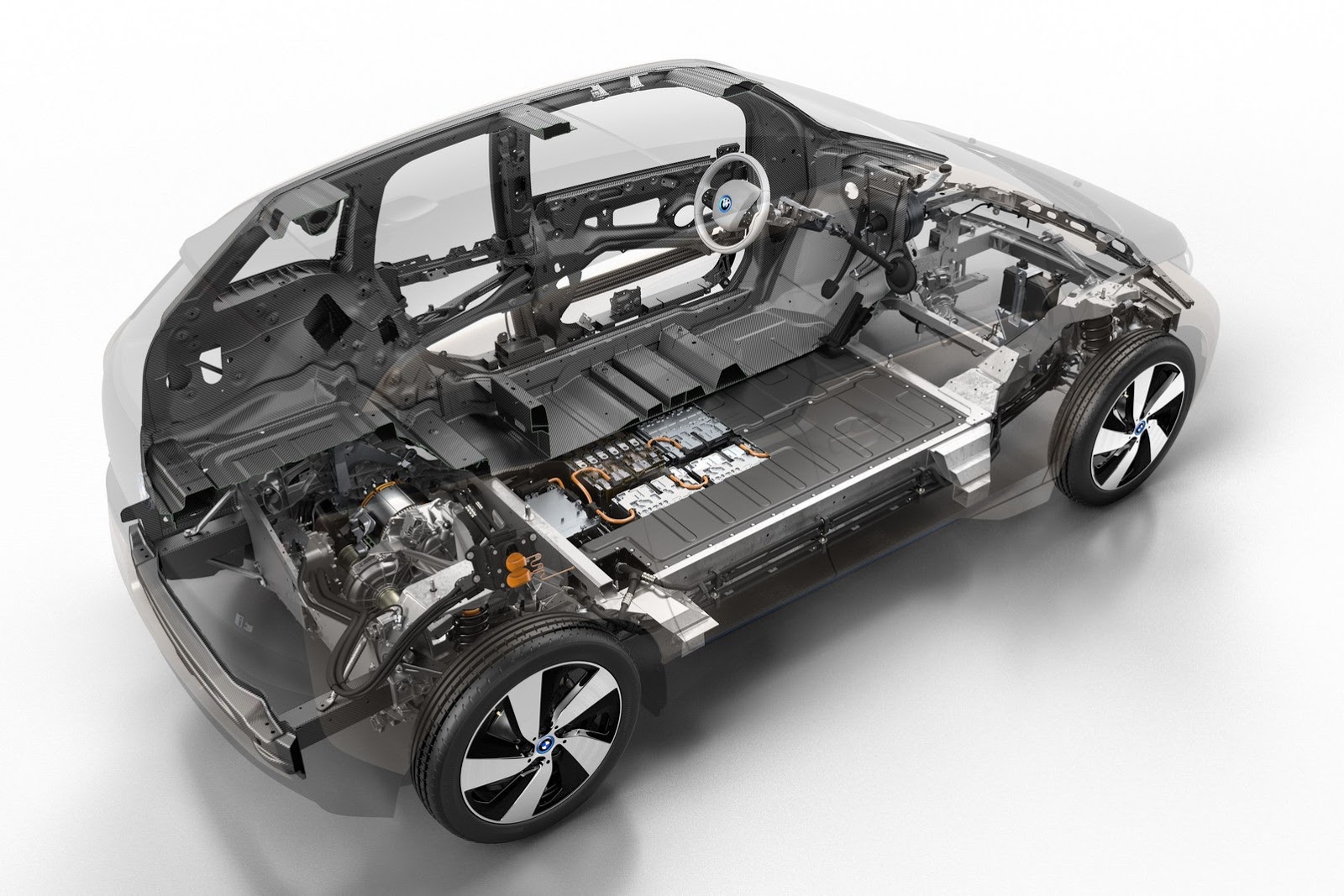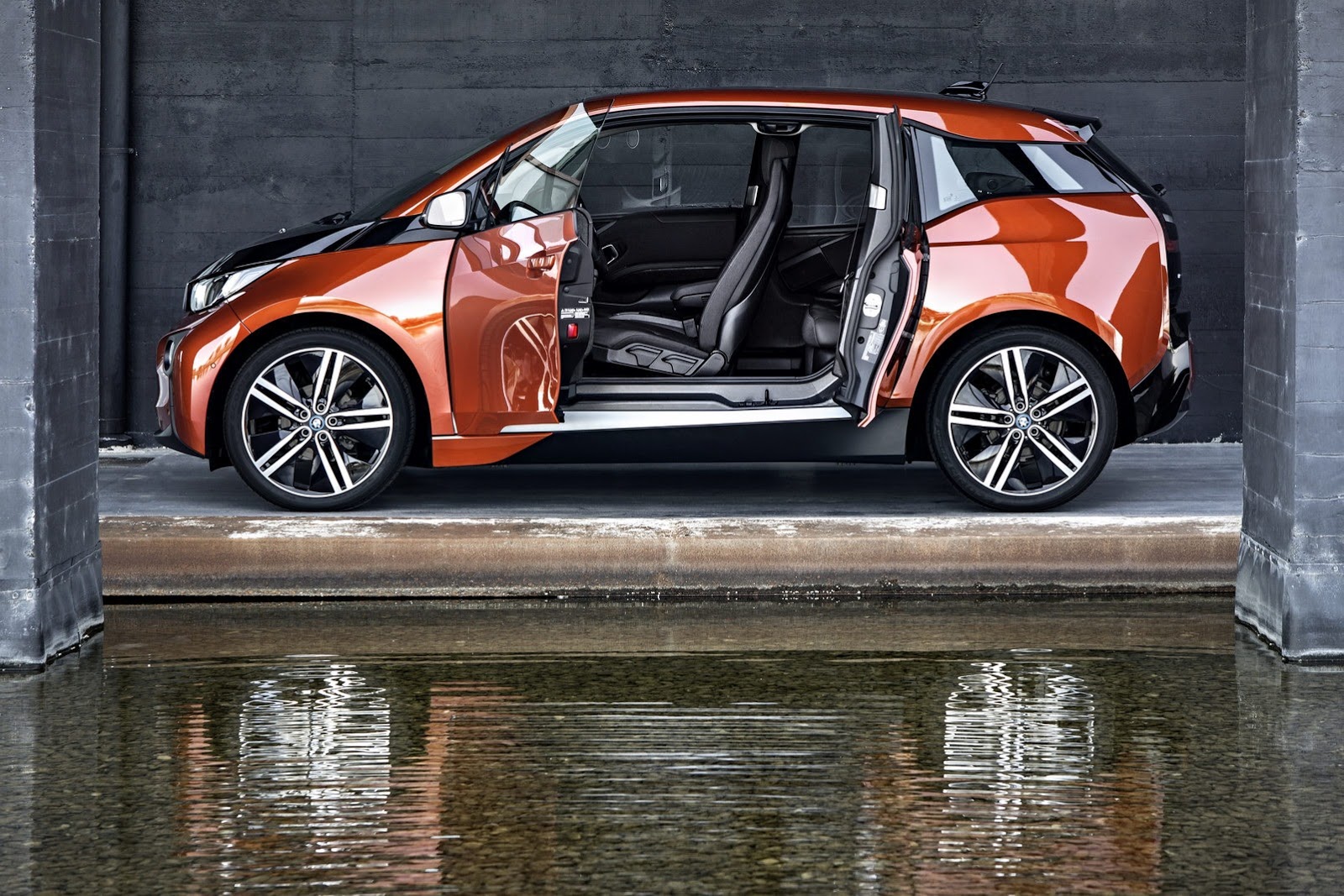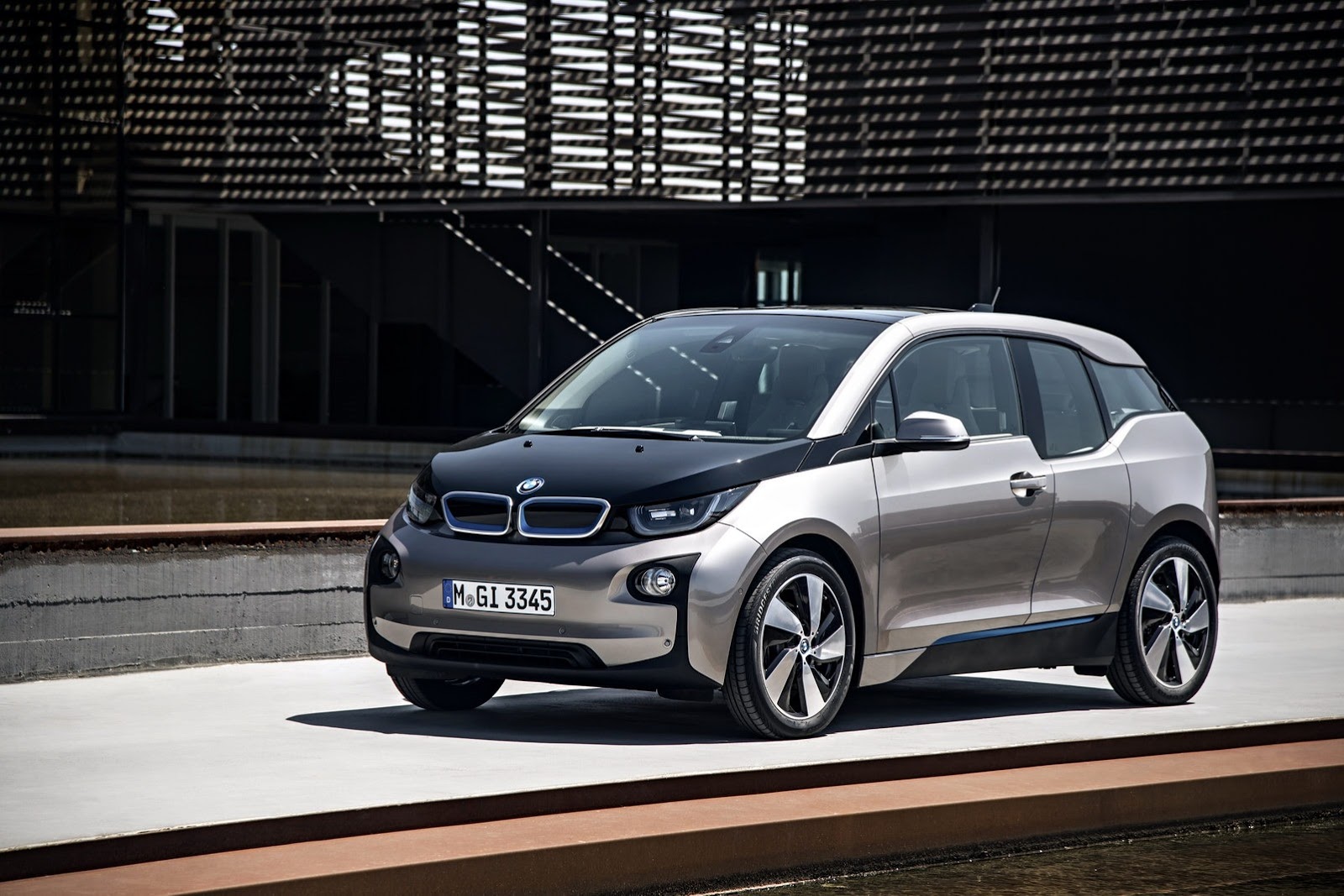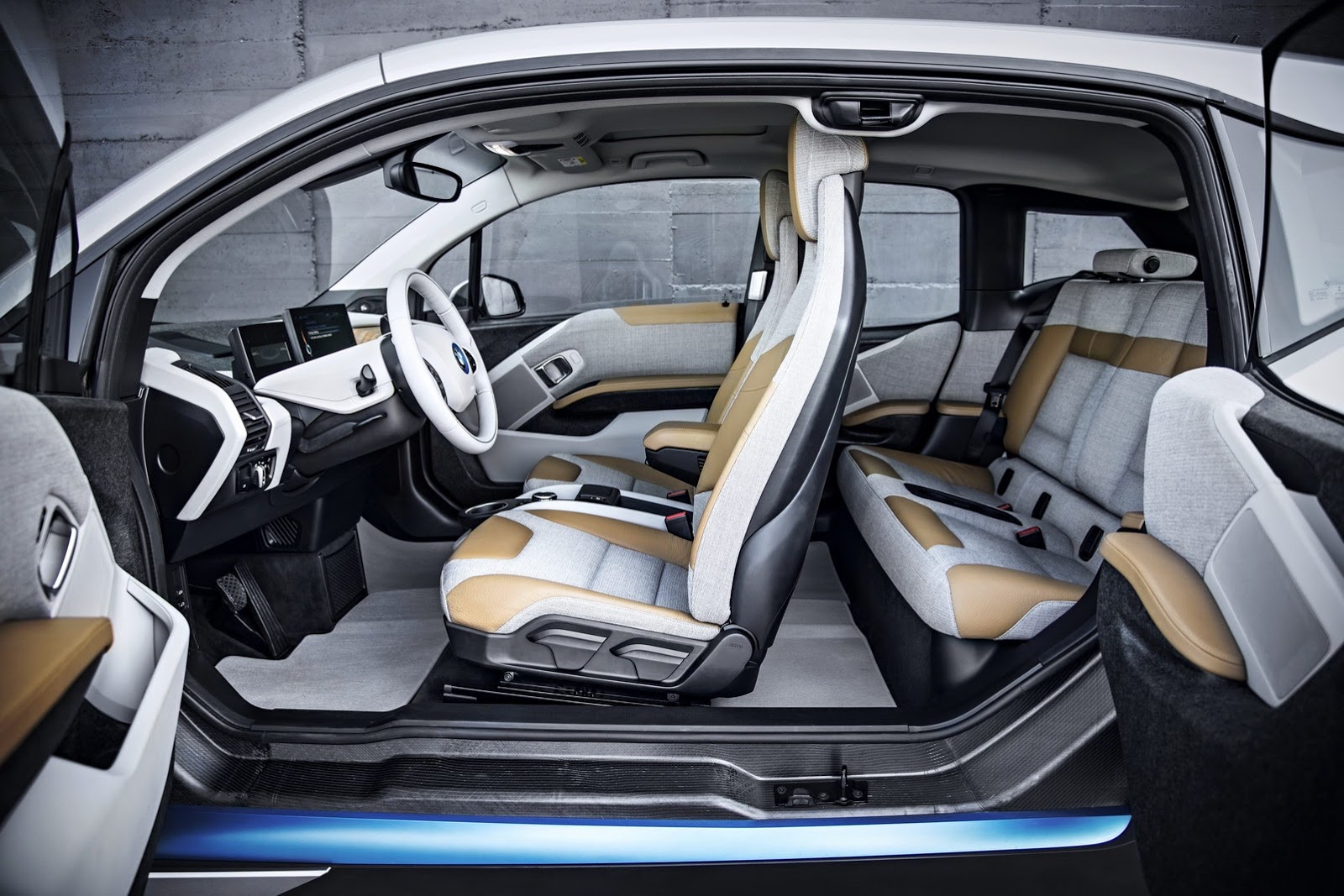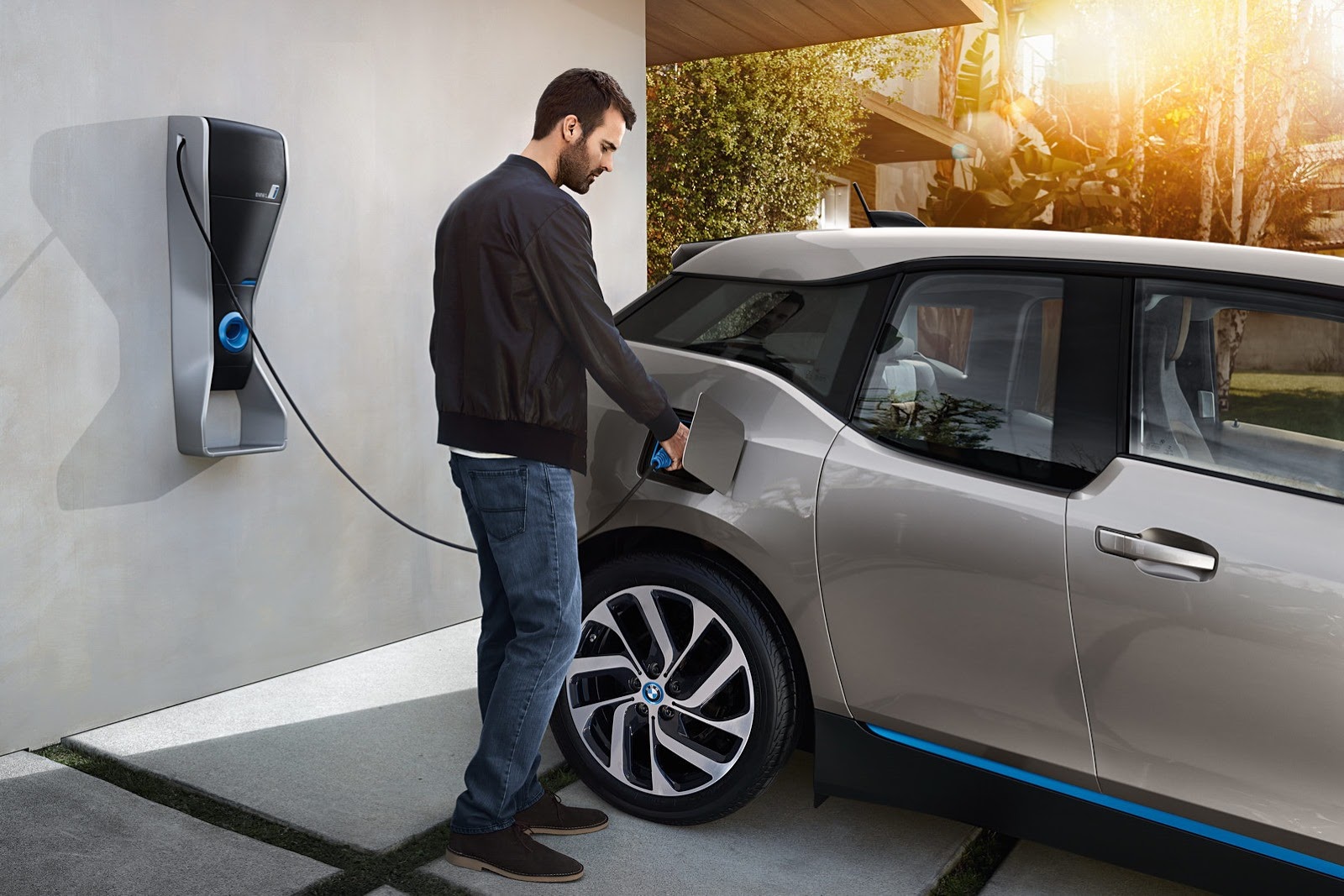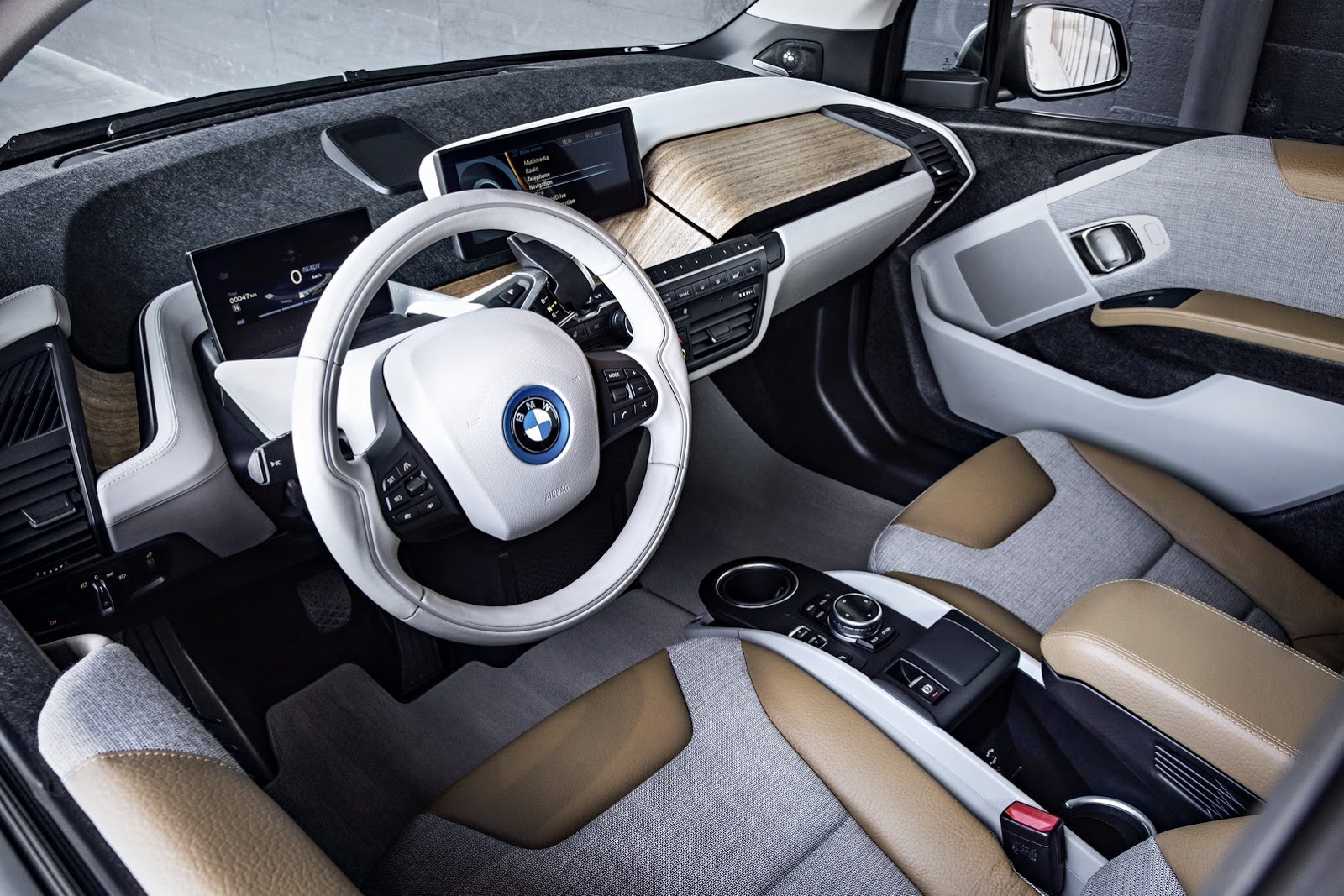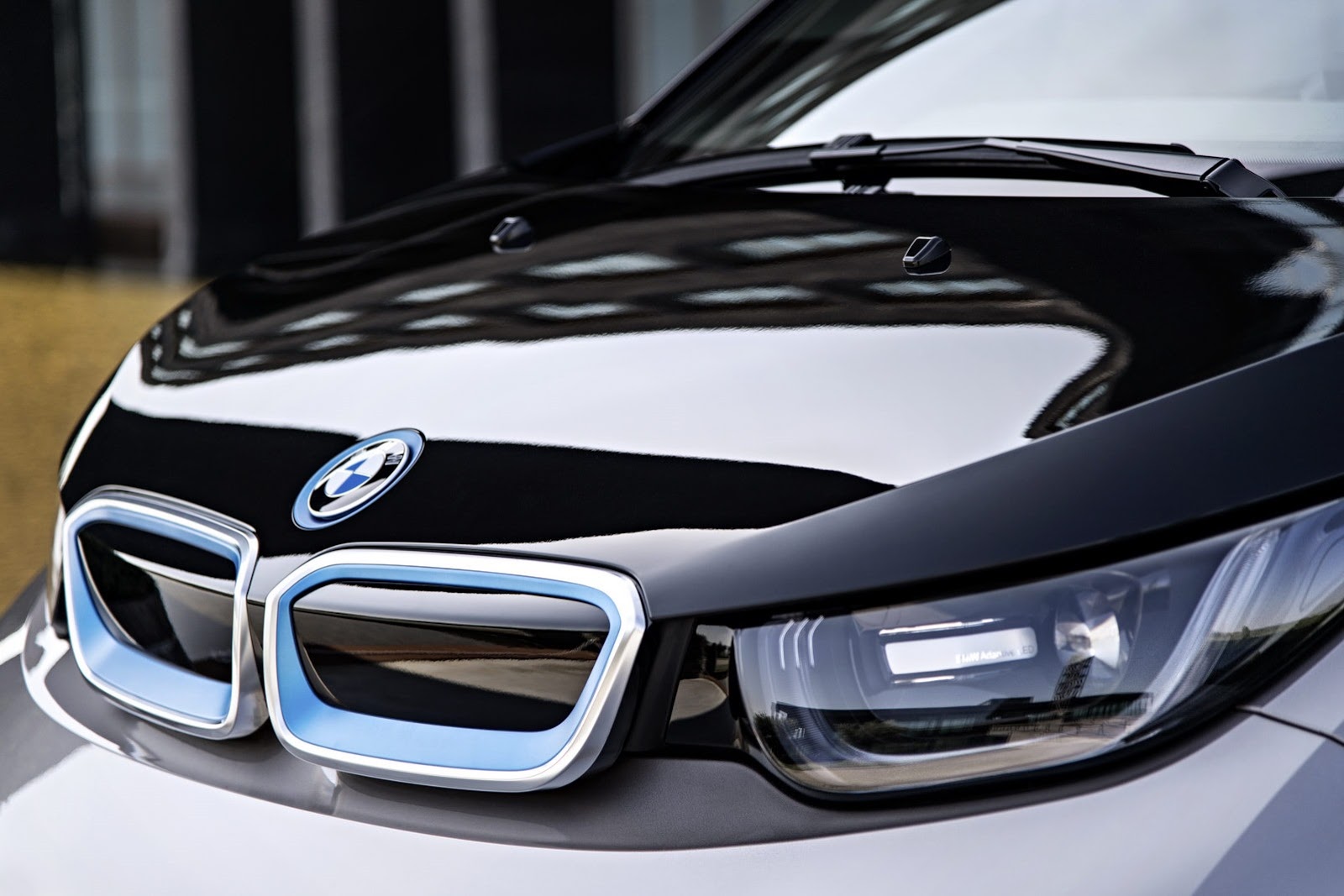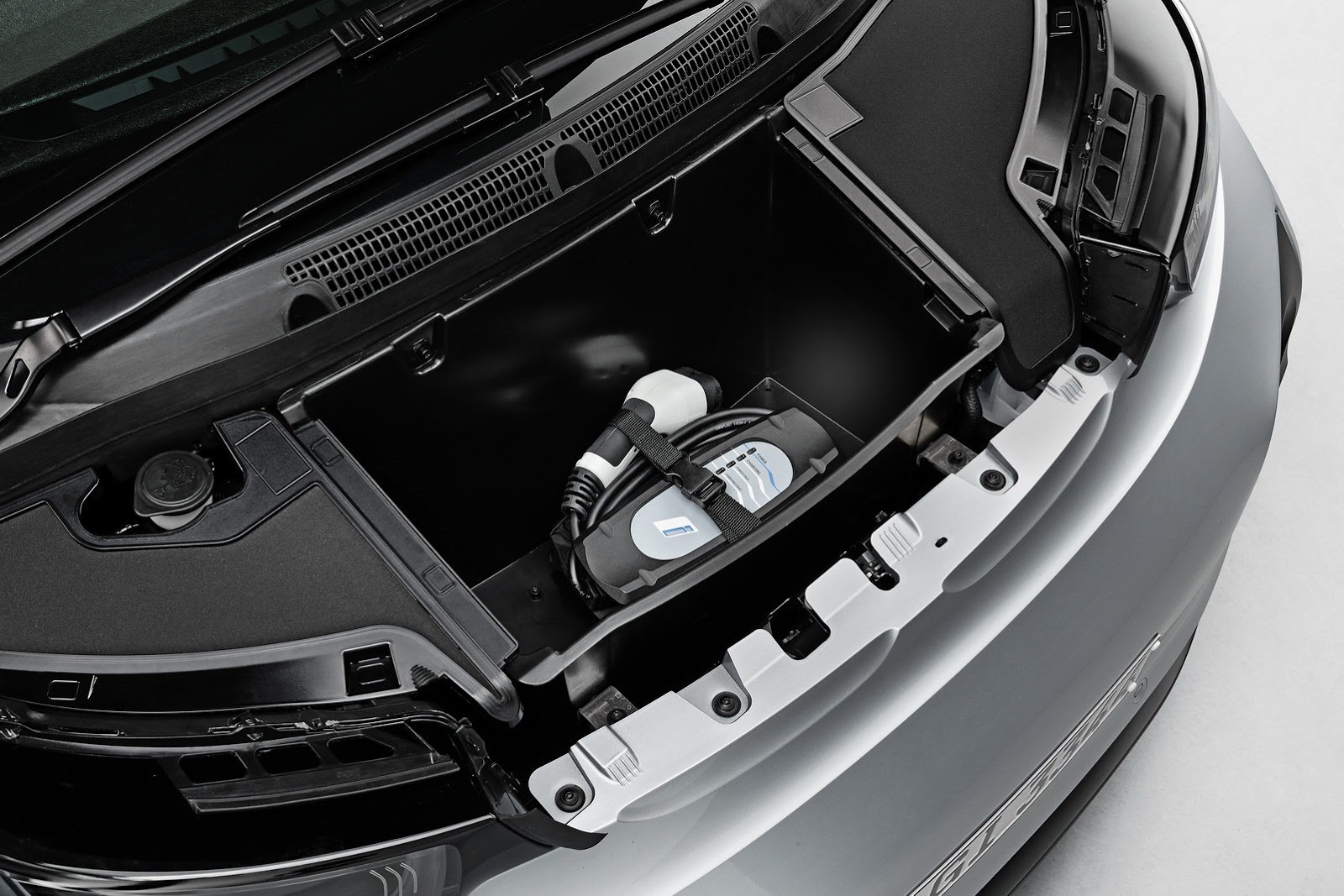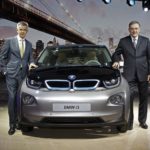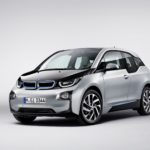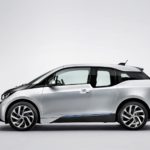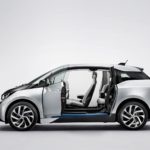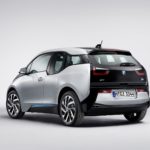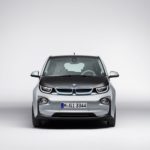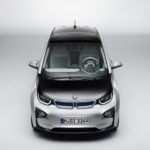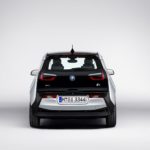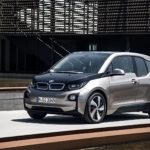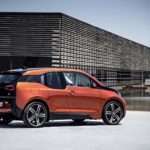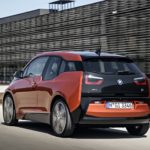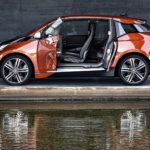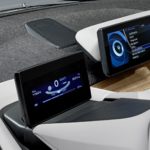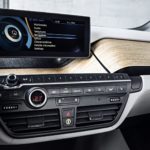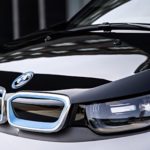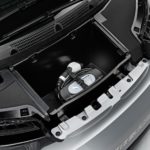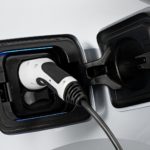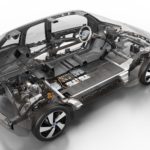BMW set to dominate megacities with the new i3!
Two years ago, BMW revealed the i3 Concept car which teases BMW’s ambitious plan to introduce a lightweight, carbon fiber bodied, fully-electric/hybrid compact car for the masses. And what you are looking at right now is the production model! Can’t tell the difference between the concept car and the production car? Neither can I. And that’s a very good thing.
BMW also calls the i3 a Mega City Vehicle and aptly launched the car in three famous megacity: New York, London, and Beijing simultaneously which shows how serious BMW is taking its latest creation. With the i3, BMW hopes to revolutionize fully-electric and hybrid cars. But more importantly, to prove that environmentally-friendly cars can be both stunning to look at and to drive…
Please click below to find out more on BMW’s most important car yet!
The most interesting part of the i3 is not its powertrain, but its unique body structure. For the first time in a mass-production car, the i3’s passenger cell is completely made out of carbon fiber reinforced plastic (CFRP). Combine this with a fully aluminium constructed lower module which houses the battery and suspension, and you are looking at 1195 kg for the fully-electric i3, and 1315 kg for the i3 Range Extender. But more on that later.
Those aforementioned weight already includes the hefty mass of the 230 kg battery, which goes to show how much lighter this CFRP and aluminium constructed body is compared to conventional steel structures of most cars. Lightness is definitely the way forward for automobiles.
As for the powertrain, the 230 kg worth of lithium-ion high-voltage battery will send its power to a rear-mounted electric motor which turns the rear wheels . The battery produces 168 bhp and at full charge, the i3 is capable of travelling between 130 km to 160 km and achieve a top speed of 150 km/h.
As for the i3 Range Extender (RE), the car is fitted with a tiny 650cc 2-cylinder petrol engine with a 9 liter fuel tank which will be used for charging up the battery. At full tank and charge, the i3 RE will be capable of travelling between 240 km to 340 km, nearly doubling its original range.
As you’d expect, the only major downside for electric cars are its recharging time, and the i3 will take you roughly 8 to 10 hours through standard household socket to fully recharged a drained battery. However, all i3 owners will get a faster home charging system oddly called the iWallbox which must be installed in the owner’s home by a qualified electrician. The iWallbox will be able to charge a drained battery to 80% capacity in 3 hours.
The i3’s interior is unlike any BMW we have seen so far. You get a digital screen replacing conventional dials and gauges, plus another larger center infotainment screen. The instrument panel is made of eucalyptus wood which came from 100% certified, responsible forestry management.
The leather used for the interior are also naturally tanned with tanning agent made of olive leaves extract, and the textile seat covers consist of nearly 100% recycled polyester. Not only that, but 25% of the weight of the plastic used in the interior comes from recycled material or renewable resources.
More interesting facts are that the i3’s carbon fiber facility in the United States is completely run on hydroelectric power, and the i3’s assembly plant in Leipzig, Germany is 100% powered by wind turbines. As you can tell by now, BMW is taking the environment very seriously, which can only be a good thing.
As for the price, the fully-electric i3 will cost around €34,950 ($46,300), while the i3 Range Extender will cost about €39,450 ($52,320) when both variants goes on sale later this year. So what do you think of BMW’s most important car of the year?
Will this be a sale success or a end up being a sales flop like the initially over-hyped Tata Nano? Only time will tell, but could you think of a more desirable electric city car other than the i3? I thought so.


